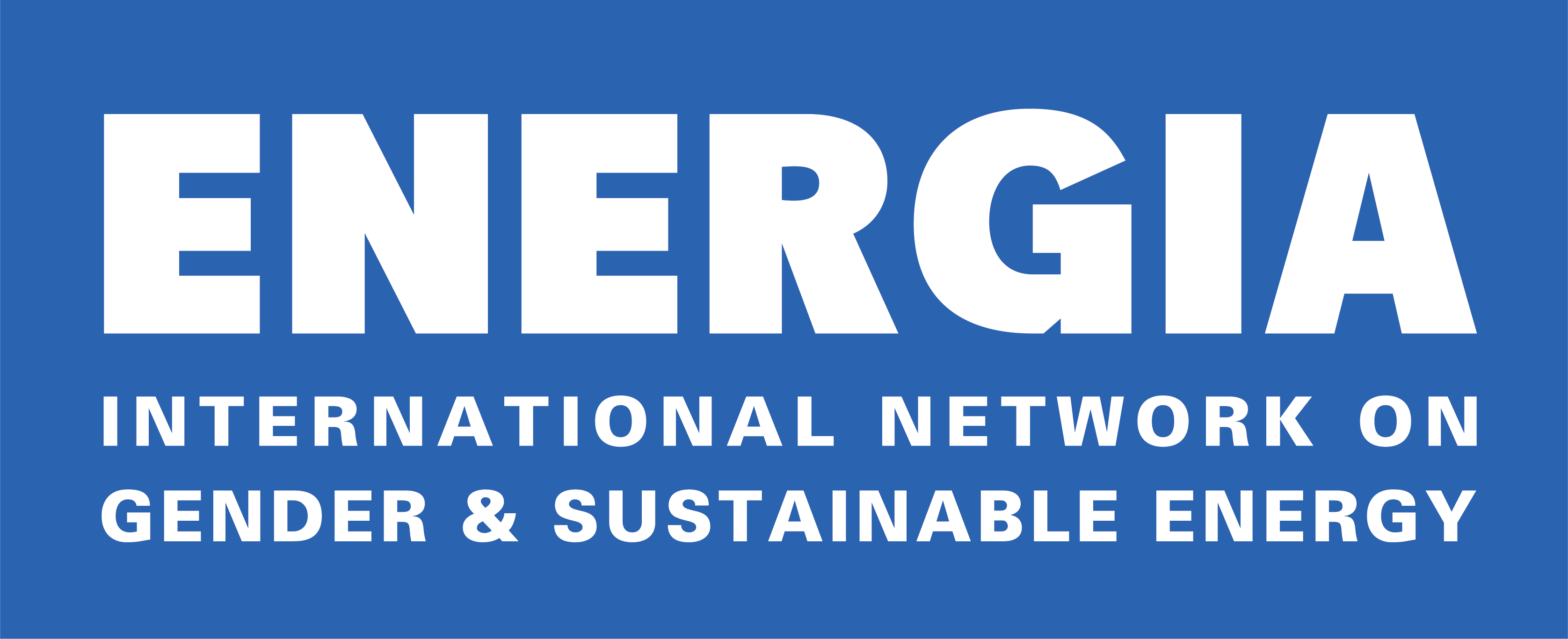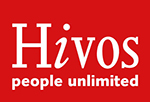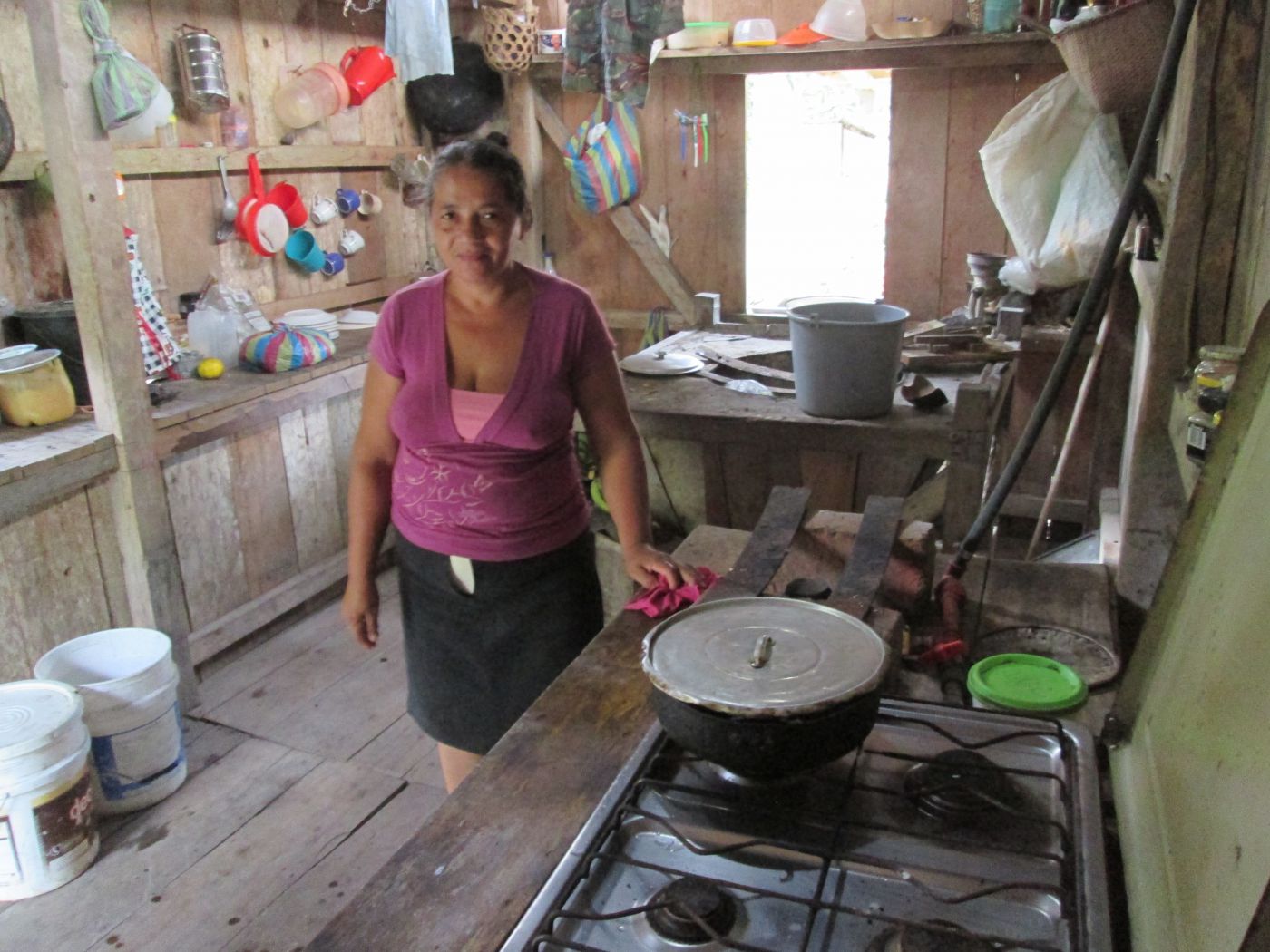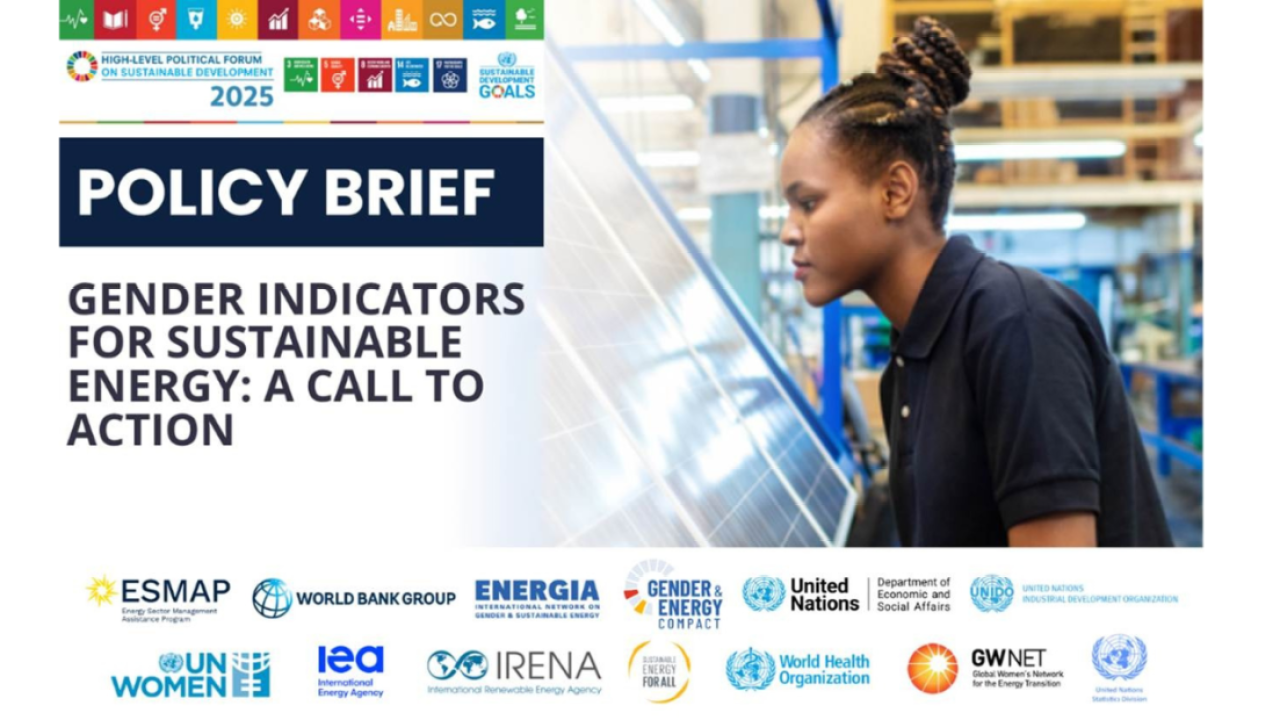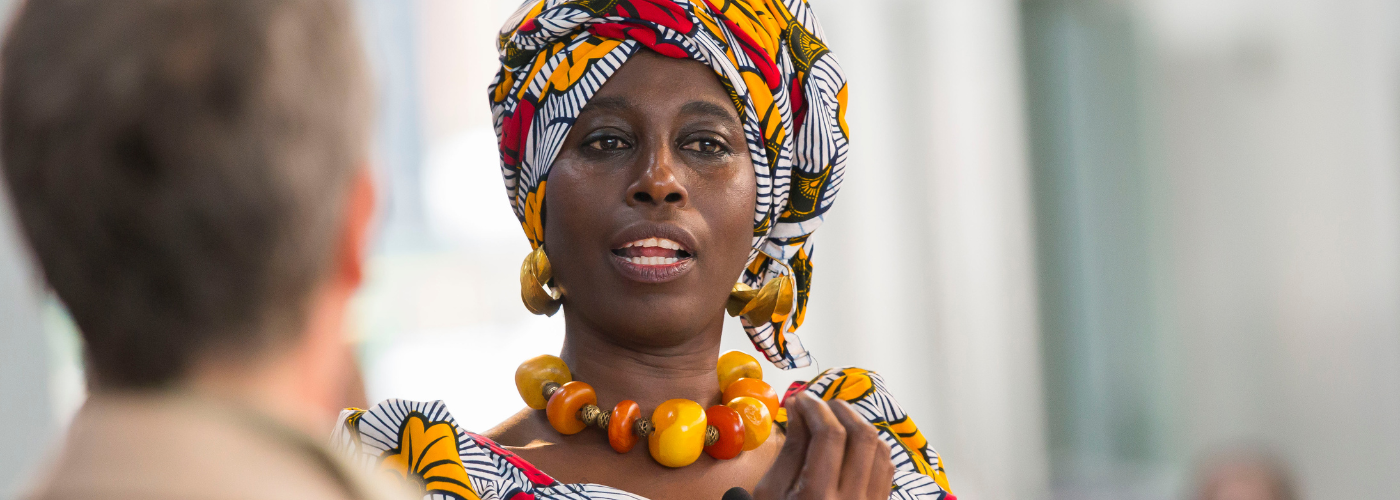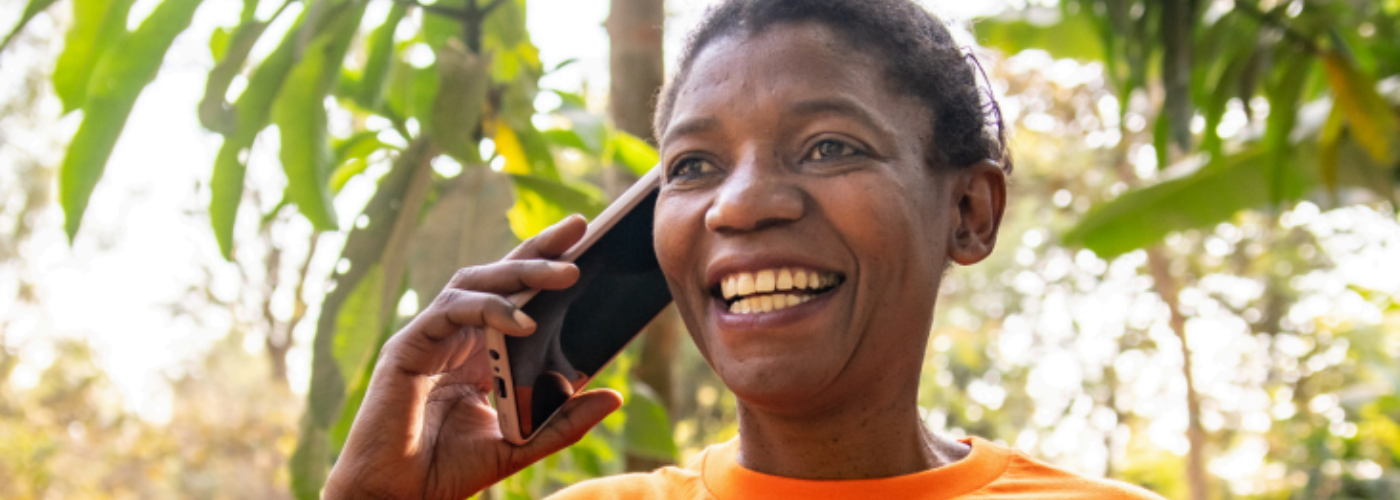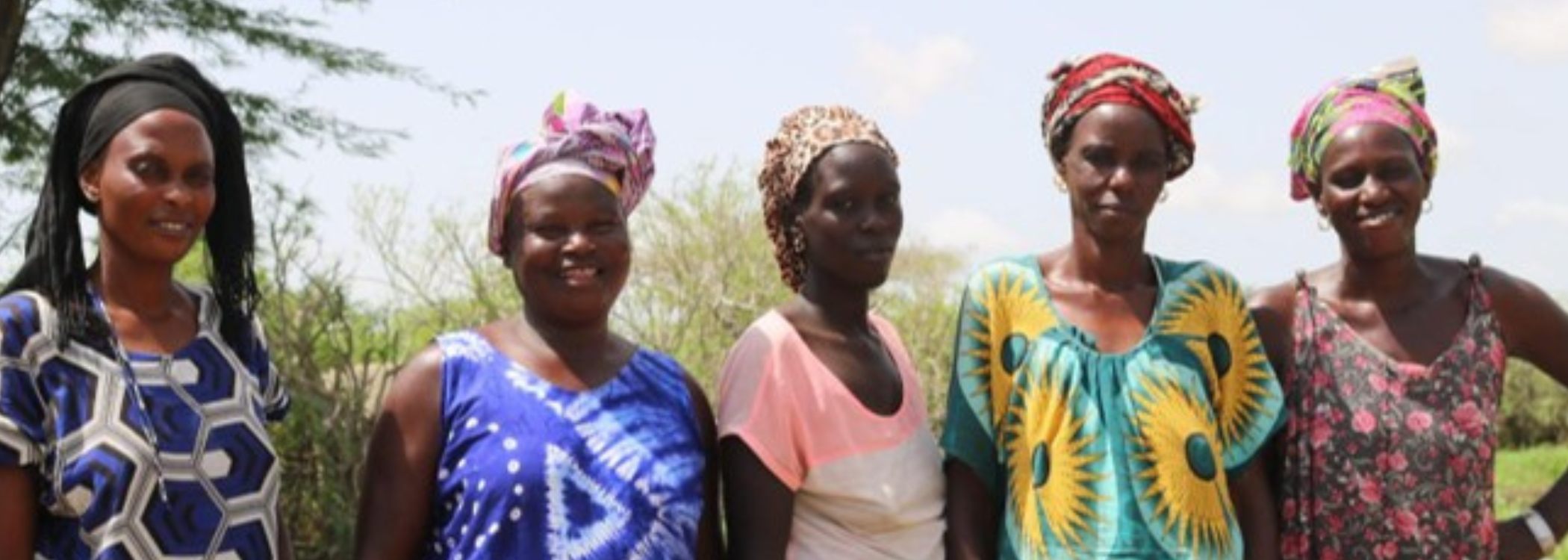This interview was originally posted on in Blog, Capacity Building, Clean Cooking, Ecuador, News From The Field

Mariela Carriel and her family were beneficiaries of the Growing Esmeraldas with Renewable Energy project (known as Creciendo Esmeraldas con Energía Renovable, or “CRECER”) in Ecuador. The CRECER project was created to improve the lives and livelihoods of rural cacao-farming families in Ecuador’s Esmeraldas Province through the holistic implementation of renewable energy technologies, eco-agricultural training programs, and improved social cohesion. Responses have been translated from Spanish.
When did you start working with Green Empowerment and CorpoEsmeraldas, our local partner organization? What type of support have you received?
We’ve been members of the Sabor Arriba cacao-growers cooperative for the last three years, but this project (CRECER) is the first time we’ve worked directly with CorpoEsmeraldas and Green Empowerment, so we’ve been participating in that since the initial studies in July of 2014. With their support and the help of the technicians, we’ve built a (biogas) digester and a solar dryer and fermentation tanks for our cacao beans, received trainings on cacao cultivation and post-harvest techniques to help our land produce more and better cacao, and attended workshops on citizen participation and gender equity.
What was your life like before you had access to this technology?

Before we had the (biogas) digester, I cooked with propane or firewood most of the time, but they were a pain. The propane always ran out at the most unexpected times, and when it ran out and we didn’t have any dry wood in the winter [rainy season], sometimes we had to walk up the hill to our son’s house and cook there. Getting a new tank meant going to town, two hours each way on the mule with mud coming up to its belly. Cooking with firewood wasn’t very nice either, when the wind blew the smoke stayed in the house, making everything dirty and hurting our health. Our old cacao dryer was a pain too, the old plastic was dirty and didn’t dry the beans quickly, and we’d built it on top of our shed, so hauling the (100-pound) bags of cacao up and down a ladder was an exhausting and dangerous task for my husband and myself, we normally had to ask our son to help, so the cacao sometimes stayed in the dryer far too long.
What has changed in your life since having access to the technology?

Now that we make our own gas with the digester, I feel so confident knowing that the food won’t end up half-cooked, and we haven’t bought a propane tank in months. It was odd at first to gather the manure and mix it with water, but now that we’re used to it, it’s so much easier to do ten minutes of work each morning rather than haul tanks from town. I hardly ever cook with firewood now either, except for cooking slurry for our pigs. Now that we’ve got the fermentation tanks and the new solar dryer, our cacao has a much richer aroma, and the new dryer is much more comfortable to use, my husband or I can spread the beans out without any help, and it dries much faster. I don’t know if our cacao trees are producing more or not, but where we’ve applied the organic fertilizer from the digester (biol), they really look green and healthy, even now early in the dry season.
How are these changes helping you to reach your goals?
If we keep learning and applying the practices from these trainings, our farm will produce more and better cacao, and we’ve been organizing with our neighbors and Sabor Arriba to get a premium price for our cacao to recognize the quality that comes from all the effort we put into growing it without agrochemicals and in the fermentation. Growing cacao is what we do, so why wouldn’t we try to do the best we can at it? The digester has really been helpful too, making our own organic fertilizer and cooking gas makes us more independent, and when the road is impassible in the rainy season, it’s so important to be able to do these things for ourselves, rather than waiting for a dry spell to lug things from town.
